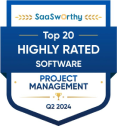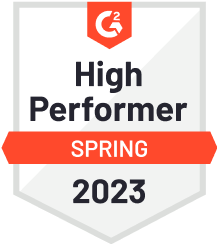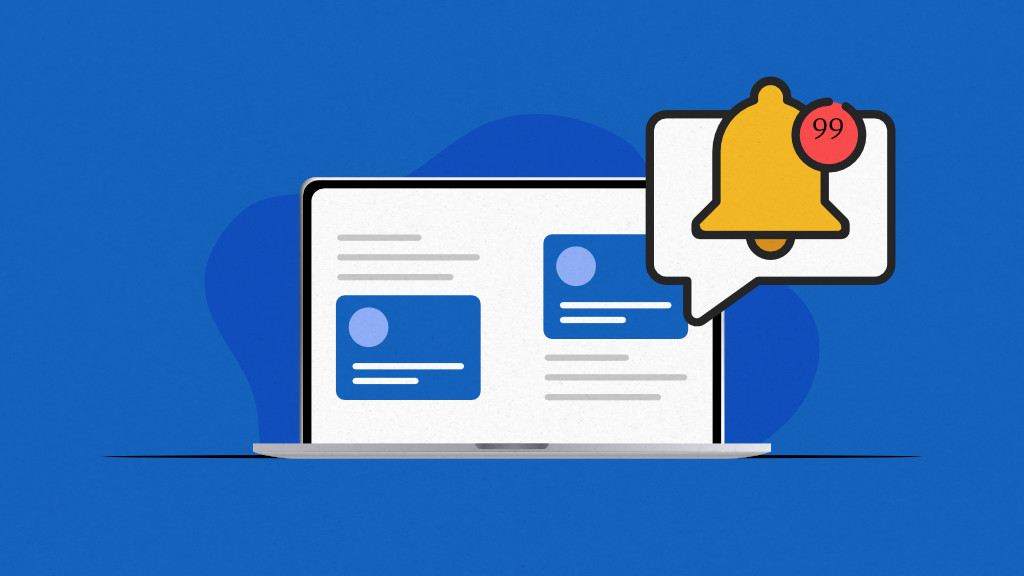
Collaboration overload is a state in which employees spend too much time on collaborative activities — meetings, emails, instant messages, and other communications—to the point that it negatively impacts their productivity, well-being, and ability to do focused work. Over time, this constant demand for collaboration leads to burnout, reduced productivity, and slower decision-making.
Identifying collaboration overload before it impacts productivity and well-being is essential. Common signs include frequent context switching, meeting fatigue, and lack of focus time. To reduce it, organizations need structured systems: no-meeting days, integrated work hubs, AI-driven automation, and clear task prioritization. These strategies help teams work efficiently without feeling overwhelmed.
In this article, you will get to know about collaboration overload, its meaning, causes, and how to identify and reduce it in detail.
What is collaboration overload?
Collaboration overload occurs when employees spend excessive time on collaborative activities rather than focusing on accomplishing their tasks and goals. Such activities include emails, meetings, and instant messaging, which come at the cost of the team’s overall productivity and well-being.
According to a study, “The impact of digital fatigue on employee productivity and well-being: A scoping literature review” conducted by Tugimin Supriyadi, Sulistiasih Sulistiasih, Kus Hanna Rahmi, Adi Fahrudin, and Budi Pramono in 2025, endless meetings, constant digital communication, and expectations of 24/7 availability contribute to “collaboration overload,” leading to stress, emotional exhaustion, and burnout.
What are the root causes of collaboration overload?
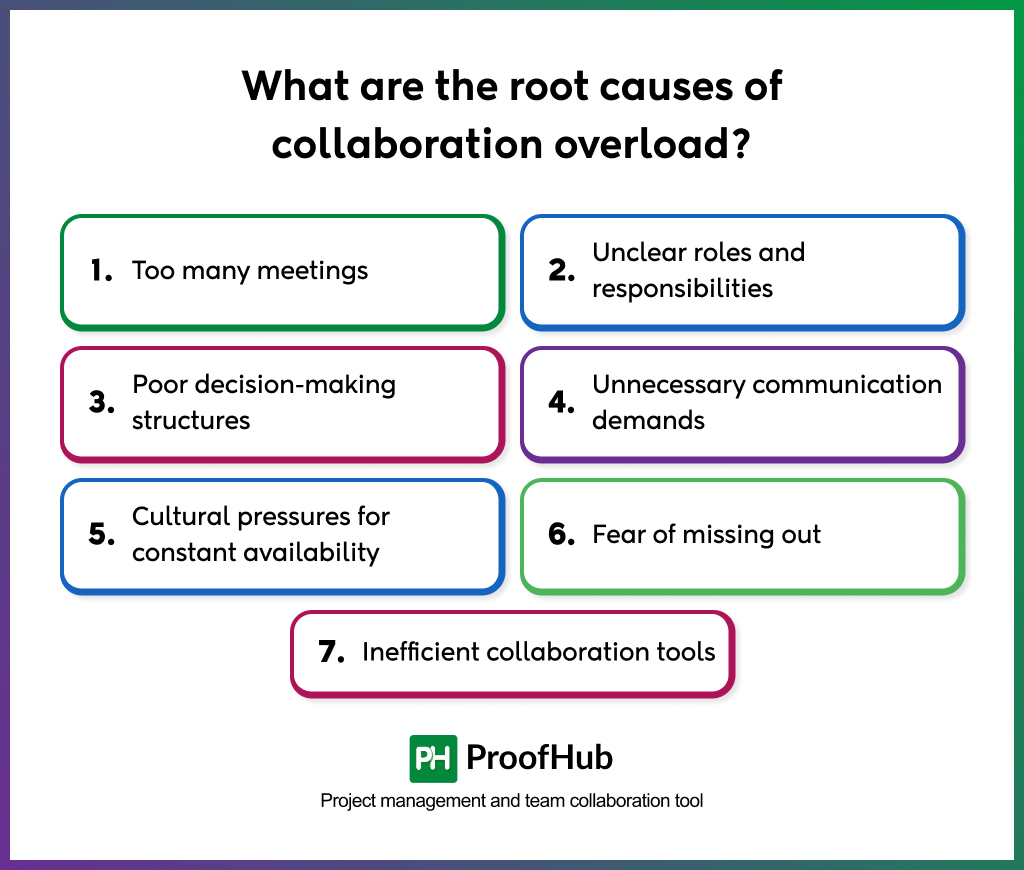
The root causes of the collaboration overload include having too many meetings, poor decision-making structure, unnecessary communication demands, cultural pressures, and inefficient collaborative tools. Here are the root causes, let’s understand in detial:
1. Too many meetings
Too many meetings overwhelm employees with constant communication demands, leaving little time for focused, high-value work.
Excessive meetings—often scheduled without clear objectives or prioritization—create cognitive fatigue, interrupt workflow, and fragment attention. When team members spend most of their day attending discussions, status updates, and check-ins, they struggle to allocate time for strategic thinking or task execution. This imbalance leads to reduced productivity, slower decision-making, and ultimately, burnout.
2. Unclear roles and responsibilities
Unclear roles and responsibilities pull too many people into tasks and decisions that don’t require their input. When team members lack clarity about who is accountable for specific deliverables, they tend to join unnecessary meetings, reviews, and approval loops. This overlap not only wastes time but also creates confusion, delays, and redundant effort across the team.
3. Poor decision-making structures
Poor decision-making structures require excessive coordination and approvals. When employees report to multiple managers or work across cross-functional teams without clear authority lines, even simple decisions demand various touchpoints. For instance, an employee seeking budget approval may consult several stakeholders “just to be safe,” resulting in more meetings, messages, and delays that compound collaboration fatigue.
4. Unnecessary communication demands
Unnecessary communication wastes team members’ time with low-value, redundant, or unclear messages. Constant pings, emails, and updates fragment focus and consume valuable time that could be spent on substantial work. Instead of enhancing connection, such communication creates noise—forcing employees to sort through irrelevant information and respond to avoid missing critical details.
5. Cultural pressures for constant availability
The pressure to be available all the time makes team members feel obliged to respond to messages instantly or attend every meeting; they experience continuous interruptions that erode focus and increase stress. This reactive culture limits deep work and contributes to burnout, as employees equate responsiveness with performance.
6. Fear of missing out
Fear of missing out (FOMO) prompts employees to overengage in meetings and discussions. Worried about missing important updates or opportunities, employees attend sessions that add little value to their work. This constant participation leads to time loss, mental fatigue, and reduced efficiency, as they prioritize presence over productivity.
7. Inefficient collaboration tools
Inefficient collaboration tools create fragmented workflows and cognitive strain. When teams juggle multiple disconnected platforms—each sending notifications, updates, and requests—information becomes scattered and difficult to manage. The result is constant context switching, lost data, and mental exhaustion, making collaboration feel heavier rather than easier.
What are the consequences of collaboration overload?
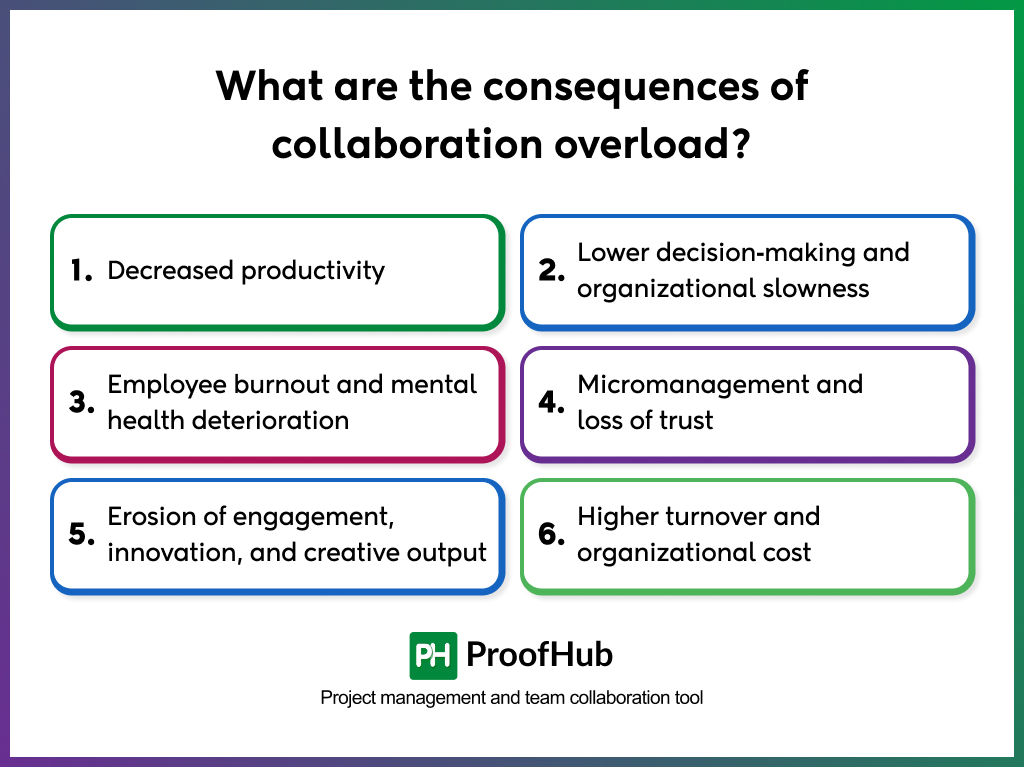
Collaboration overload leads to decreased productivity, burnout, and poor well-being for individuals, which results in high turnover, slower decision-making, and reduced innovation for organizations.
1. Decreased productivity
Collaboration overload decreases productivity by consuming employees’ time and attention with excessive coordination rather than actual work. When employees spend most of their day in meetings, responding to messages, or aligning with others, they have little uninterrupted time to execute tasks efficiently.
A 2024 study, “Beyond Back-to-Back: Rethinking Meetings for Well-Being and Productivity,” by Jonathan H. Westover, found that excessive meetings and overscheduling reduce productivity by causing stress, cognitive overload, and burnout. Despite appearing active and engaged, employees accomplish less meaningful work because constant interruptions fragment their focus and prevent sustained concentration for deep thinking, creative problem-solving, and analysis.
Each disruption—whether a meeting alert, email, or chat message—creates cognitive switching costs, taking roughly 20–25 minutes to regain focus. When these occur repeatedly throughout the day, employees rarely achieve the deep work required for high-quality outcomes, resulting in slower progress, lower-quality results, and higher effort demands.
2. Reduces decision‑making speed and organizational progress
Collaboration overload reduces decision-making quality and slows organizational progress by involving too many stakeholders in every choice. As participation increases, each additional person requires time to be informed, consulted, and aligned, turning quick decisions into prolonged discussions.
What should be straightforward actions often become cycles of repetitive meetings in which the same issues are revisited without resolution, largely because authority is diffused. No one feels empowered to make the final call. This continual delay not only hampers agility but also weakens accountability, leaving organizations slower to respond to opportunities and challenges.
2. Employee burnout and mental health deterioration
It leads to employee burnout and mental health decline as excessive meetings and constant communication leave no time for focused work within regular hours. When employees spend their entire day in meetings or responding to messages, they are often forced to complete core tasks—such as analysis, writing, and problem-solving—early in the morning, late at night, or on weekends.
This creates an unsustainable cycle where collaboration consumes the workday and execution spills into personal time, effectively doubling workloads. Over time, this pattern results in chronic fatigue, stress, and declining mental well-being, eroding both individual performance and overall organizational health.
3. Micromanagement and loss of trust
Collaboration overload causes micromanagement and erodes trust when coordination turns into control. What begins as an effort to keep everyone informed gradually evolves into a culture where employees are copied on every email, included in every meeting, and asked to justify every decision.
This excessive oversight shifts focus from empowerment to surveillance, forcing employees to spend more time proving their productivity than achieving it. Over time, trust deteriorates as leaders prioritize verification over autonomy, weakening team confidence and accountability.
4. Erosion of engagement, innovation, and creative output
It diminishes engagement and stifles innovation by depriving deep, original thinking of uninterrupted time. Innovation depends on focus, curiosity, and mental space for experimentation—conditions that cannot exist in fragmented schedules filled with back-to-back meetings and constant communication.
When employees’ days are divided into short intervals, they can manage routine tasks but lack the cognitive bandwidth for exploration and creative problem-solving. As a result, organizations see fewer breakthrough ideas, lower motivation, and declining competitive differentiation over time.
5. Higher turnover and organizational cost
Collaboration overload increases employee turnover and drives up organizational costs, especially among high performers. Because they are skilled, dependable, and deeply informed, these employees become the focal point of endless requests, meetings, and consultations. Over time, the constant demands erode their motivation and well-being, prompting them to leave for organizations with healthier collaboration cultures.
The resulting turnover costs extend far beyond recruitment and training—organizations lose institutional knowledge, critical relationships, and operational continuity. Projects stall, client relationships weaken, and reputational damage makes it harder to attract and retain top talent in the future.
Strategies and solutions to reduce collaboration overload
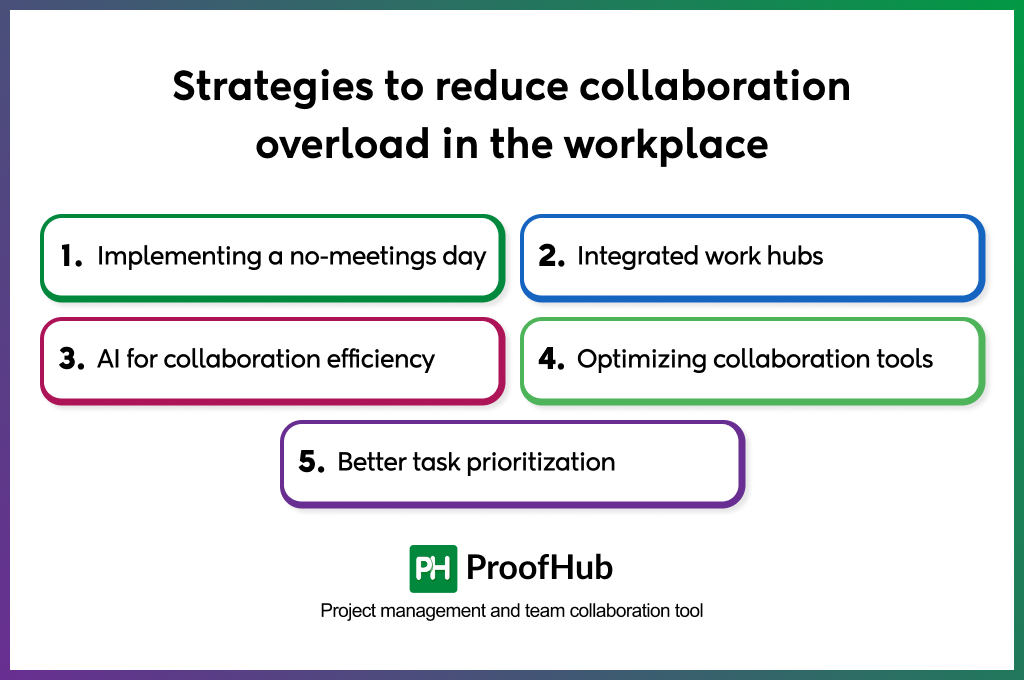
Implementing no-meeting days, integrating work hubs, using AI to improve collaboration efficiency, and optimizing collaboration tools are strategies to reduce collaboration overload in the workplace.
1. Implementing a no-meetings day
Implementing a no-meetings day saves the team’s time for focused, independent work. By designating one day each week when all internal meetings are prohibited, organizations create a predictable window free of constant interruptions, allowing employees to focus intensely on priority tasks.
This approach minimizes the mental cost of context switching, which happens when employees move between meetings, messages, and tasks, and reduces the time spent recovering after meetings.
2. Integrated work hubs
Integrated work hubs consolidate multiple applications into a single, unified platform that serves as a central workspace. Instead of switching between different tools for messaging, file sharing, project tracking, and documentation, employees can access everything they need in one place.
This integration reduces cognitive load by minimizing constant context switching and creates a single source of truth for projects and information. By bringing all conversations, files, and tasks into one environment, integrated work hubs streamline communication, make information easier to find, and reduce time wasted on searching across platforms. As a result, employees can collaborate more efficiently, stay aligned, and maintain focus—ultimately improving productivity and reducing fatigue from fragmented workflows.
3. AI for collaboration efficiency
Using AI for collaboration automates repetitive administrative tasks and streamlines information flow across platforms. AI-driven tools can summarize meetings, schedule tasks intelligently, and enhance communication by generating clear, concise messages.
They also support predictive project management by identifying potential bottlenecks before they slow down progress. By automatically generating transcripts, extracting key action items, and optimizing calendars, AI minimizes the manual effort involved in coordination. This not only saves time but also helps employees focus on meaningful work instead of routine administrative duties, making collaboration smarter, faster, and less exhausting.
4. Optimizing collaboration tools
Optimally using collaboration tools ensures that digital platforms support productivity rather than adding unnecessary complexity. This strategy focuses on setting clear usage protocols for existing tools—such as defining channel structures, notification settings, communication etiquette, and file organization.
By establishing and enforcing these standards, organizations can minimize digital noise, reduce constant interruptions, and make collaboration more intentional. To implement this effectively, teams should specify when to create new channels, how to manage notifications, and adopt standardized practices for messaging and file management. Providing employee training is essential, especially to build an “asynchronous-first” mindset that encourages documented communication over real-time interruptions.
Regular maintenance, including archiving inactive channels and updating file structures, keeps systems organized and sustainable over time. Ultimately, tool optimization ensures that technology enhances collaboration rather than overwhelms it.
5. Better task prioritization
Better task prioritization ensures that teams focus their collective energy on high-impact, meaningful work rather than being stretched thin across too many low-value activities. Establishing clear frameworks—such as the Eisenhower Matrix or shared criteria for evaluating tasks—helps employees distinguish between what is urgent and what is truly important.
This clarity eliminates ambiguity around which projects or discussions require collaboration and which can be deferred or handled individually. To make this approach effective, organizations should train teams to use these prioritization frameworks consistently and integrate them into daily workflows through visible tracking systems.
Transparent workload visibility enables managers to recognize capacity constraints early, preventing burnout and unnecessary coordination. By empowering employees to decline low-priority requests, better task prioritization ensures that collaboration efforts are focused, strategic, and sustainable.
What is the role of leadership in reducing collaboration overload?
The role of leadership is to create clarity, set boundaries, and model efficient collaboration practices across the team. Leaders play a crucial role by defining clear expectations, prioritizing tasks, and ensuring that collaboration adds value rather than complexity. By setting purposeful meeting norms, redistributing workloads, and empowering employees to make independent decisions, leaders can minimize unnecessary coordination.
Additionally, they can foster a culture that values focused work, streamline communication channels, and provide the right tools to support effective—not excessive—collaboration, including:
- Prioritize and delegate
- Set clear expectations and norms
- Improve communication and transparency
- Provide resources and support
How does collaboration overload affect employee performance?
Collaboration overload negatively affects employee performance by reducing productivity, decreasing work quality, and increasing burnout. When there are constant interruptions — such as excessive emails, meetings, and messages —the team members get distracted, which lowers work quality and slows the decision-making process. Ultimately, the constant availability for team meetings and discussions can cause stress and mental fatigue, which further leads to exhaustion and disengagement, especially for top performers whose guidance is needed the most.
What is the impact of collaboration overload on employee productivity and well-being?
The collaboration overload surely has adverse effects on productivity and employee well-being. This emotional and cognitive burden can cause burnout, decision paralysis, and reduce efficiency. Additionally, it also leads to overwhelming stress, cognitive fatigue, and a decline in both physical and mental health. Emotional overload among employees also leads to decreased output, unfinished work, and a constant sense of being overwhelmed.
How can automation and AI tools help in reducing collaboration overload?
AI and automation tools can reduce collaboration overload by automating administrative tasks, summarizing communications, and streamlining workflows. With these tools, employees can easily avoid constant meeting attendance and the management of fragmented information across various channels, allowing them to focus on high-value work.


